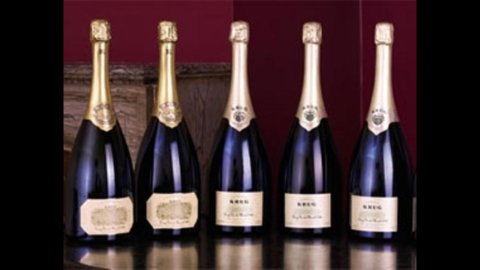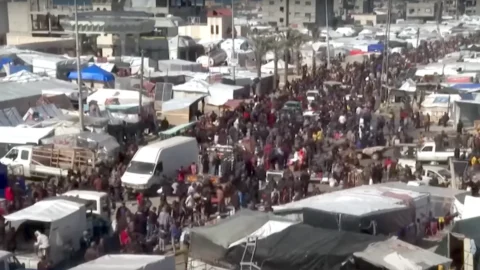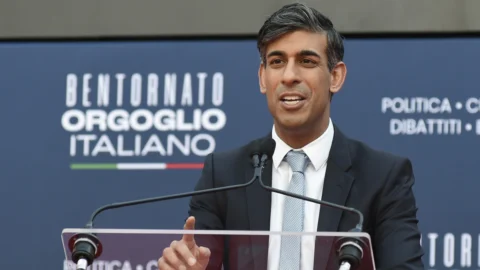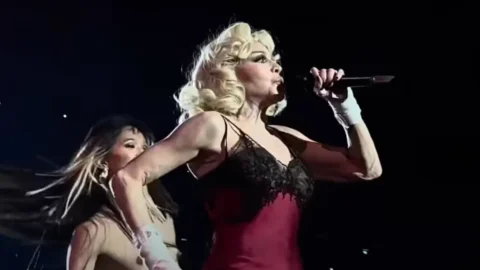Rain of bubbles from France. If all goes according to plan, 2013 will be remembered for the flooding rivers of transalpine champagne which, however, instead of overflowing – pleasantly, of course – in markets around the world, watering connoisseurs and non-connoisseurs alike, will remain jealously guarded – like protected lakes – avoiding the devaluation of the precious nectar.
In fact, French champagne production could grow by 56 percent compared to 2012 if the weather conditions remain favorable in the next two months, even if this does not lead to an increase in bottle volumes or a drop in prices.
The harvest this year is 16 percent higher than the average production of the last 5 years, according to figures published in August by the Ministry of Agriculture and reported by Les Echos.
Thibaut Le Mailloux, spokesman for the Interprofessional Committee of Champagne, however, points out that producers remain on prudent positions until the end of the harvest. Indeed, between now and September, there may still be unexpected weather events. The potential is there, both in terms of quality and quantity, but – as wine producers say – until the grape is in the press, one can never be sure.
After a rather cold and rainy winter and spring, the champagne vineyards started a fortnight late, but then the particularly favorable weather conditions improved the situation.
But if the quantitative growth is confirmed, consumers will not necessarily find bottles in large numbers and at lower prices. Brut champagne, which represents the heart of the production, is made from the juice of grapes harvested in different years. Only in this way is it possible to guarantee the typical taste of the most loved bubbles. And the producers have already agreed not to bottle any surplus from the 2013 season, using it rather to complete the old reserves, which – explains Le Mailloux – allows the aroma of the wines to be enriched and constitute a sort of climate insurance.
Champagne wines are entirely produced, harvested and processed in a well-defined area in France, which earned the Controlled Designation of Origin way back in 1927. In 2012, 349 wineries produced the equivalent of about 270 million bottles, according to to the figures of the Champagne Committee. A precious nectar, not only for Paris, which owes half of its turnover to exports.





